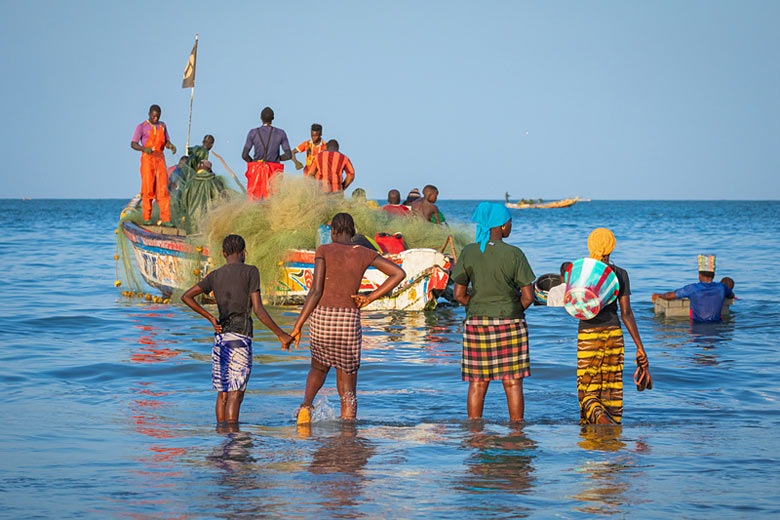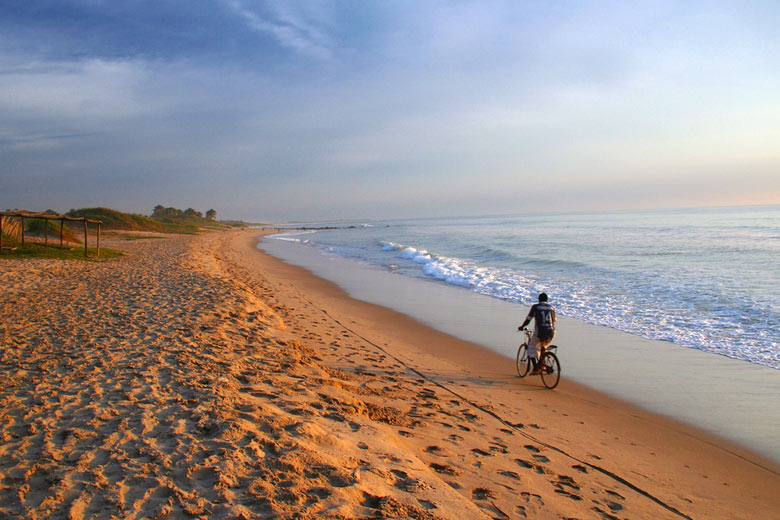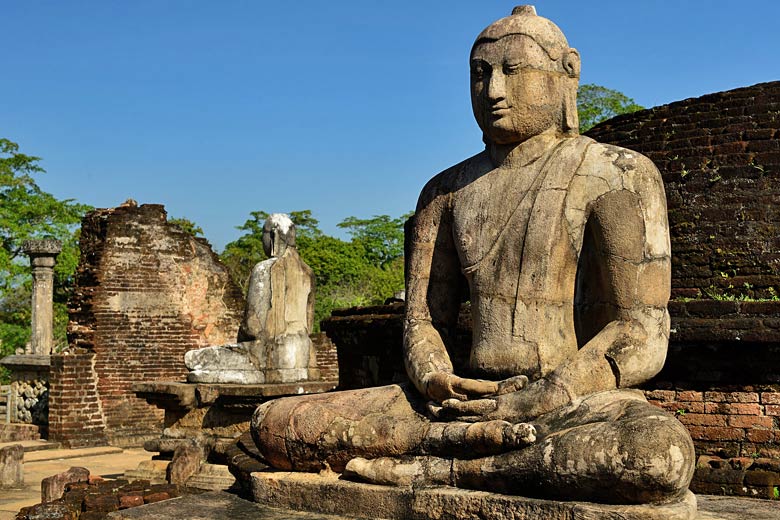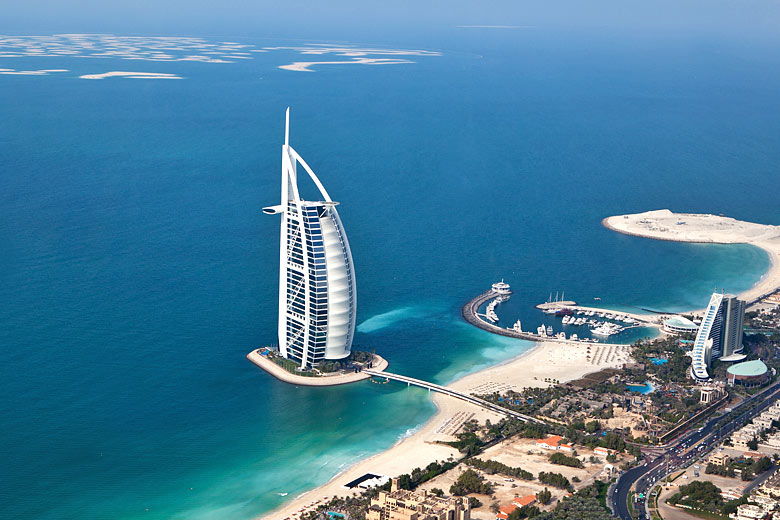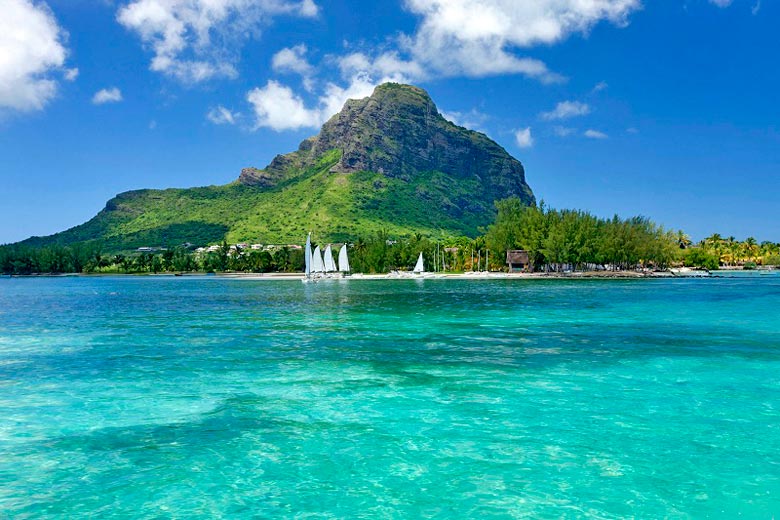- Book online with TUI & save up to 7% on holidays
- FREE child places available for select holidays
- Pay £0 deposits with direct debit & spread the cost
Gambia weather by month
Check out the Gambia weather averages by month. Compare detailed monthly climate statistics including temperature, rainfall and sunshine figures.
| Jan | Feb | Mar | Apr | May | Jun | Jul | Aug | Sep | Oct | Nov | Dec | |
|---|---|---|---|---|---|---|---|---|---|---|---|---|
| Maximum daytime temperature °C | ||||||||||||
| Hours of sunshine (daily) | ||||||||||||
| Days with some rainfall | ||||||||||||
| Sea temperature °C |
More about the Gambia
Gambia by month
Jan Feb Mar Apr May Jun Jul Aug Sep Oct Nov Dec
Recommended for the Gambia
The climate guide for Gambia (Banjul) shows long term monthly weather averages processed from data supplied by CRU (University of East Anglia), the Met Office & the Netherlands Meteorological Institute. Find out more about our data sources.
Top Gambia destinations
Below are average maximum temperatures at popular countries, regions and places in the Gambia for next month - December. Select a destination to see the climate guide for all months of the year.
All Gambia destinations
Metric (°C / mm) | Imperial (°F / inches)
Gambia climate overview
Named after the river that flows through it, The Gambia is the smallest independent country in Africa. It is located at the most westerly point of the continent and is surrounded entirely by Senegal. The Gambia became Britain's first colony in Africa in 1765 and 200 years later, in 1965, it was the last to gain its independence.
The elongated country is divided in two by the River Gambia, which runs along its entire length. The river and its tributaries meander through a mostly flat and low-lying landscape with tropical bamboo forest growing along its banks. Away from the river conditions become increasingly arid with wooded grassland and open savannah plains.
The River Gambia, which is over 48 kilometres (30 miles) wide at its mouth, drains into the Atlantic via a long saltwater estuary, thick with mangroves and reeds. The coastline itself is relatively short, but there are some beautiful sandy and palm-fringed beaches to the south of the capital Banjul, along with many tourist hotels. Untouched wild shoreline also exists, some stretches of which have impressive sand cliffs.
Agriculture forms the backbone of The Gambia's economy, employing over 80 per cent of the work force and contributing most to its foreign exchange receipts. The chief crop is groundnuts grown mainly by peasant farmers on small plots using traditional methods. This accounts for about half the total area under cultivation.
The climate of The Gambia is tropical with a short summer wet season running from June to October with high heat and humidity, although coastal regions experience a welcome sea breeze most afternoons. August is by far the wettest month with frequent thunderstorms, which are heaviest towards the coast. The rest of the year is dry and warm with plenty of sunshine especially between January and May. However during the dry season Harmattan winds off the Sahara can produce hazy conditions.
More about the Gambia
Compare Gambia with the USA
Below the Gambia chart shows average maximum daytime temperature for Gambia (Banjul) and the USA (Washington).
Maximum daytime temperature (°C)
Metric (°C / mm) | Imperial (°F / inches)
Compare more Gambia weather >>
Be inspired
Get your weekly fix of holiday inspiration from some of the world's best travel writers plus save on your next trip with the latest exclusive offers
We promise not to share your details
Related posts
Popular travel offers
Explore holidays in the sun for less
- Beach holidays
- Family holidays
- City breaks
- Summer holidays
- Winter sun holidays
- Holiday offers
- Top travel brands
- Airlines & flights
- Discount hotels
- Airport parking deals
- TUI
- Jet2holidays
- easyJet holidays
- Love Holidays
- Black Friday sales
Airport parking
- Manchester Airport
- Stansted Airport
- Bristol Airport
- Luton Airport
- Birmingham Airport
- Edinburgh Airport
- Gatwick Airport
- Glasgow Airport
- Newcastle Airport
Airport lounges
- Manchester Airport
- Birmingham Airport
- Bristol Airport
- Edinburgh Airport
- Glasgow Airport
- Heathrow Airport
- Newcastle Airport
- Stansted Airport
- Gatwick Airport


























 TUI deal finder
TUI deal finder